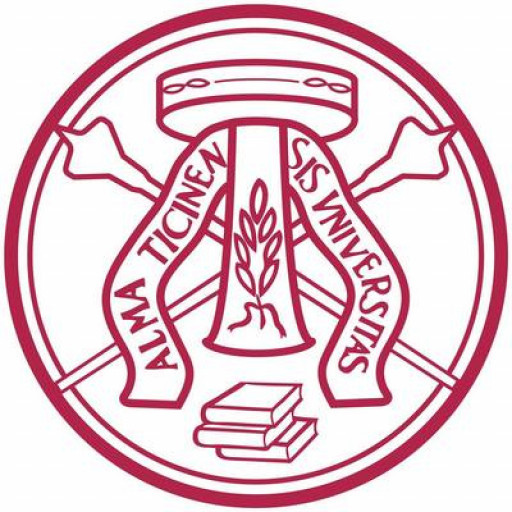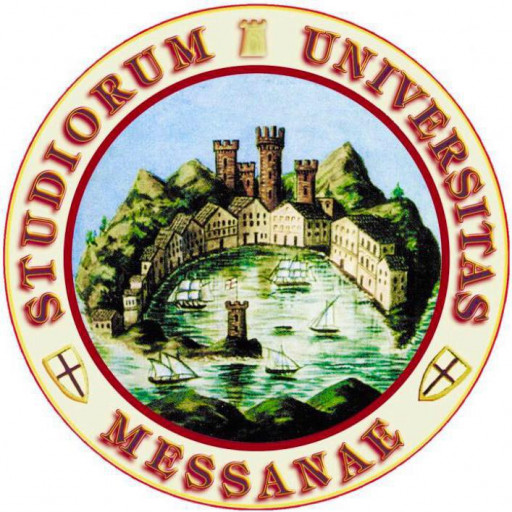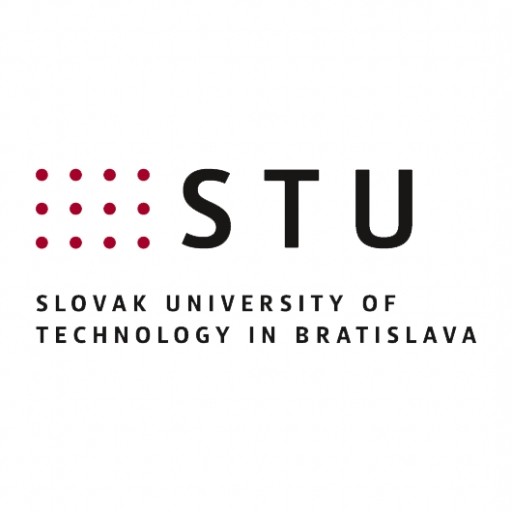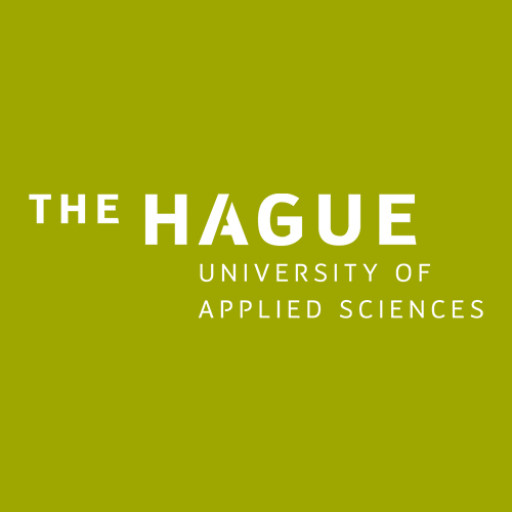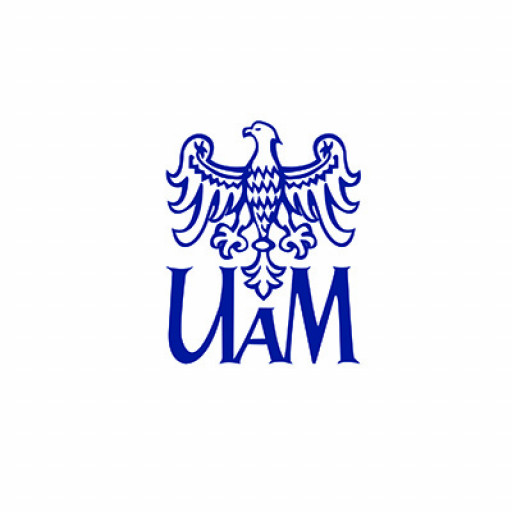Photos of university / #uniofnottingham
Advertisement
Course Content
During semester one, you will take a compulsory module in:
* Issues in Human Factors
Students who do not have a strong background in programming must take modules in:
* Introduction to Computer Programming
* Database Systems
* Introduction in to Network Communications
* Unix Environments and Administration
With the approval of the Course Director, students who have a strong programming background may take modules in:
* Quantative Methods for Finance
* Algorithm Design and Operations Research
* Advanced Data Structures
You will then have the option to take one of the following elective modules - however, you may choose not to take any optional modules during semester one:
* Operating Systems
* Computer Security
* Internet and Web Services
During semester two, you will take compulsory modules in:
* Object Orientated Systems
* Software Engineering
* User Interface Design
In addition, you will choose 20 or 30 credits (depending on the number of credits studied during the first semester) from the following optional modules:
* Software Project Management
* New Media Design
* High-Level Languages
* Human-Computer Systems
* Foundations of Artificial Intelligence
* Introduction to Vision and Graphics
* Ubiquitous Computing
Please note that all module details are subject to change.
Over the summer period towards the end of the course, you will undertake a research project in Information Technology. This module involves conducting a piece of practical research, and will contain a technical element - usually consisting of a substantial amount of programming. This research will be of some depth, and carried out under the supervision of a member of academic staff. Where appropriate, projects may also be conducted in conjunction with an external organisation.
Course Structure
The MSc in Information Technology is offered on a full-time basis over 1 year or part-time over 2 to 4 years.
The course comprises 180 credits, split across 120 credits´ worth of compulsory and optional modules and a 60-credit research project.
During the semesters, the course is taught by lectures, practical sessions and various other methods of teaching.
During the summer period, you will conduct an independent research project under the supervision of academic staff.
The first semester of this course is common with the MSc in the Management of IT, allowing for the possibility of transferring on to that degree stream in February if you (and the Course Directors) deem it to be more appropriate.
Modules
Introduction to Human Computer Interaction, User interface design, Evaluation of computer interfaces, HCI design: user needs, methods and models, The world wide web and hypertext, Virtual Reality, wearables and the "disappearing computer", Computers in context, Computers and collaboration, Natural language and speech interfaces, HCI in practice, advanced display systems.A comprehensive overview of the principles of programming will be provided including such concepts as procedural logic, variables, flow control, input and output and the analysis and design of programs.Instruction will be provided in the Java programming language. This module introduces the basic concepts of multimedia including the hardware and software requirements. Graphics, colour, sound, animation and video will be discussed along with internet and its impact on business and society in general.There will also be hands on experience using an authoring tool. Instruction in C/C++ and in the implementation of fundamental data structures and algorithms in these languages, to include sorting, searching, lists, trees and graphs. Instruction in object-oriented program construction in C++, and features of C/C++ that support programming in the large. Application of these in laboratory-based design and programming exercises.Usability is widely recognised as critical to the success of interactive products or systems. This module considers the lifecycle of computing applications and describes how to adopt a human-centred approach to design. The main topics covered are: context of use; methods for capturing users requirements; interface design (input/output devices, interaction styles, user support, etc.); use of prototyping in the design process; methods for evaluation of the user interface. This course considers the activities which are required, and the tools which are available, to manage commercial software development projects. Systems analysis is presented as a way of gathering and structuring information such that the required specification corresponds closely to the users' requirements. Systems design is then presented as a technique for transforming the specification to a form in which it can be implemented. Real case studies will be used to illustrate many of the tools and techniques introduced.This module involves conducting a piece of practical research. This research will be of some depth, and carried out under the supervision of a member of academic staff. Where appropriate, projects may also be conducted in conjunction with an external organisation. This module considers how financial calculations may be carried out using a mathematics application such as Maple. The following topics will be covered:
Using Maple; Variables and functions; Equations; Sets, lists and sequences; Displaying graphics; Matrices and vectors; Statistical functions; Curve fitting, random numbers. The theoretical basis of the following will be taught elsewhere in the course, but a summary handout will be provided on each topic. This module will focus on the construction of mathematical models to represent the relevant formulae and the presentation of results. Introductory statistics; Yields and returns; Time series and their statistical properties; Graphical representation of results, Moving averages, ranges and bands; Asset Allocation and Calculation of present and future value; Portfolio Optimization; Risk Analysis; The capital asset pricing model; Equilibrium valuation models; Option valuation (Black-Scholes formula).Introduction to the UNIX environment: types of shell, useful commands, file system navigation, environment variables. Unix I/0 and file processing: pipes, redirections, pattern matching. Emacs, vi, sed and awk. Basic UNIX utilities; their role in system administration and where to find them in the file system. Processes and how to schedule them, including utilities such as cron. Unix shells and scripting languages. A detailed introduction to shell scripting. General housekeeping and issues related to security in the UNIX environment.The module provides an overview of more advanced Web architectures and technologies. In particular it will cover the development of web services through the use of standards such as XML, SOAP, WSDL and UDDI and consider how web services can be used to implement a Service Oriented Architecture (SOA). The module will also provide an introduction to the Semantic Web.
This module will explore the emerging field of ubiquitous computing in which computation spreads away from the desktop to become embedded into the world around us, including into artefacts, furniture, buildings and ultimately into our own bodies. It will explain how ubiquitous computing builds upon mobile computing and differs from other computing paradigms such as the desktop metaphor and virtual reality. It will cover ubiquitous computing concepts, technologies, applications and design methods. Students will understand the variety of networking and sensing technologies that underpin ubiquitous computing, ranging from portable devices such as current mobile phones off-the-shelf PDAs to bespoke research prototypes of wearable and embedded interfaces. The module will cover the distinctive design challenges in this field including designing for public settings, adapting to context and coping with uncertainty in positioning and wireless communications.
Want to improve your English level for admission?
Prepare for the program requirements with English Online by the British Council.
- ✔️ Flexible study schedule
- ✔️ Experienced teachers
- ✔️ Certificate upon completion
📘 Recommended for students with an IELTS level of 6.0 or below.



